From the restaurants sourcing tastier ingredients and the farmers reviving their soil, to the ‘big food’ companies making big (but shallow) claims, the buzz around ‘regenerative agriculture’ is hard to ignore. But can this movement really challenge the status quo, of chemical-first, intensive, and polluting food production?
Absolutely. “Europe’s farmers just challenged the foundations of our food system,” said Ivo Degn, co-founder of Climate Farmers this week.
Degn’s social media post followed the publication of what is believed to be the world’s largest study into regenerative agriculture: 78 farms covering 7,000 hectares across 14 European countries. The results are impressive and should rock the foundations of conventional approaches.
“The Green Revolution can be put into the dustbin of history,” explained Simon Krämer, lead author and executive director of EARA, the European Alliance for Regenerative Agriculture, which is representing many of the most progressive food producers. “The fourth agricultural revolution is unfolding now,” Krämer added as he presented the results at a briefing last week.
From the first minute of the webinar there was excitement about what the team had unearthed. “We wanted to lean into farmers to find out what it really means to be regenerating,” said EARA’s Meghan Sapp, a founding member of the alliance, in her intro.
Between 2020 and 2023, for example, pioneering regenerating farmers achieved, on average, just 1% lower yields in terms of kilocalories and proteins, while using 62% less synthetic nitrogen fertiliser and 76% fewer pesticides per hectare.
What’s more, those running livestock or mixed farms sourced all their feed from within their bioregion – so none of that deforestation-linked soya imported from South America, for example. For comparison, the average farmer in Europe imports more than 30% of their animal feed from outside the EU.
Indeed, the beauty of this study is that the progress made by the dozens of “regenerating pioneers” involved – from citrus fruit producers in Greece to arable farmers in Germany and dairy farms in Scotland – is benchmarked against their conventional neighbours and European farm averages.
Less squeeze on the system
Take Sheila Darmos who is producing olives, oranges, limes, and lemons with 280% higher yields per hectare, using zero fertiliser or pesticides and 78% less fuel than national averages. For years her neighbours thought she was crazy as they continued to apply chemicals to their land.
“You cannot put into words how much better Sheila is than her neighbours now,” said Krämer as he presented a graph showing that her yields of olives and limes were 349% and 178% higher than the national average – her gross margin more than double that of the average. The organic agroecological farm also has native weeds and nitrogen-fixing plants, which adjoining growers routinely fight off.
What do her neighbours think now, I asked her? For decades “we’ve been doing things differently [40 years of organic and 10 years of regenerative agroforestry] … doing everything the opposite to our neighbours and the advice of the agronomists,” she explained, outlining all the courses she attended (if she could find them), the uncertainty that overshadowed her transition, and the risks she took. This is years of hard work – and there is more to come as she looks to improve yields on oranges and lemons which still lag behind conventional farms.
Look through the full 87-page report (aptly titled Regenerating Europe from the Ground Up) and it is clear that the picture is not one of booming yields but one of steady progress made over months and years, and how more pioneers could help regenerate our broken food system. This is not tinkering around the edges of monocultures, adding the odd cover crop and reducing chemical fertiliser a little and badging it as ‘regenerative’. This is about transforming our agrifood system through “accountable, ecological, economic and social regeneration”, said Sapp.
That accountability is key. The report introduces a new performance metric: the regenerating full productivity (RFP) index. Created by and for farmers, the RFP index goes beyond conventional metrics (think how beholden to yield food production has been), so capturing not just how much food the farmer can produce, but also what matters most for our shared future: soil health, biodiversity, input use, and economic viability. This is, according to EARA, “a practical, transparent way to track what regenerating farmers are really achieving on the ground”.
From 2018 to 2024, the pioneers involved in the study achieved a 17.2% increase in total soil cover and a 17.1% increase in total photosynthesis compared to conventional farmers. Critically, for climate mitigation, their fields recorded average surface temperatures over 0.3°C cooler during summer months than surrounding agroecosystems.
Taken together the results mean “more biodiversity and better soil health”, EARA said. If regenerating forms of agriculture were adopted on half of Europe’s farmland it could “more than offset current EU agricultural emissions”. Full adoption would mitigate three times current agricultural emissions in the block.
From risk to reward, via regeneration
Such positive findings are timely as farmer debt soars and young entrants struggle to see a future in food production. The European Commission has just projected €60 billion in agricultural losses by 2025, rising to over €90 billion by 2050, driven by climate change, input dependency, and a failing food system.
According to EARA, conventional approaches to agriculture with high chemical inputs actually put Europe at risk due to “ever more fragile yields, rising input quantities and costs”. But the assumption that intensification and rolling back on green initiatives puts our food security at risk is quashed by the results of the study as a “myth”, the authors noted.
After three to seven years of transition, Europe’s agricultural sector could be nature and climate positive, while assuring food and fibre security, they wrote. Yann Boulestreau, an arable farmer and consultant in Germany, hopes the study will make people realise that restoring ecosystems while being productive and profitable “is not a dream of some theory-lovers sitting in offices. It is what pioneer farmers are achieving on their fields throughout Europe.”
Now the team at EARA has farmer subsidies in its sights. “We need a Common Agricultural Policy that recognises farmers as the stewards of transition – and rewards real results, not just compliance,” EARA said. This is so important to the likes of Darmos who explained to me during the webinar: “Younger farmers are willing to transition [to regenerative approaches because] they can’t see a future under the current paradigm. The fluctuations in fertiliser prices are nuts so we need something that makes sense,” she said, so “farmers don’t feel alone on this journey”.
She added: “I’m a farmer, I produce food, which is already a big thing but that we can be part of regenerating our ecosystem … for me that’s the best thing about what I do and it’s what brings a lot of new people to farming.”
David Burrows is a freelance writer focusing on food systems. He can be contacted here.




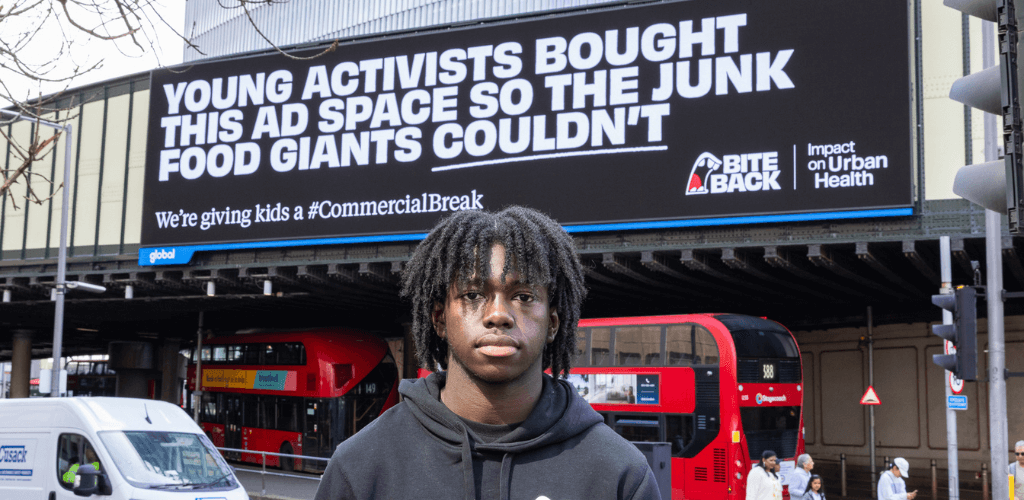

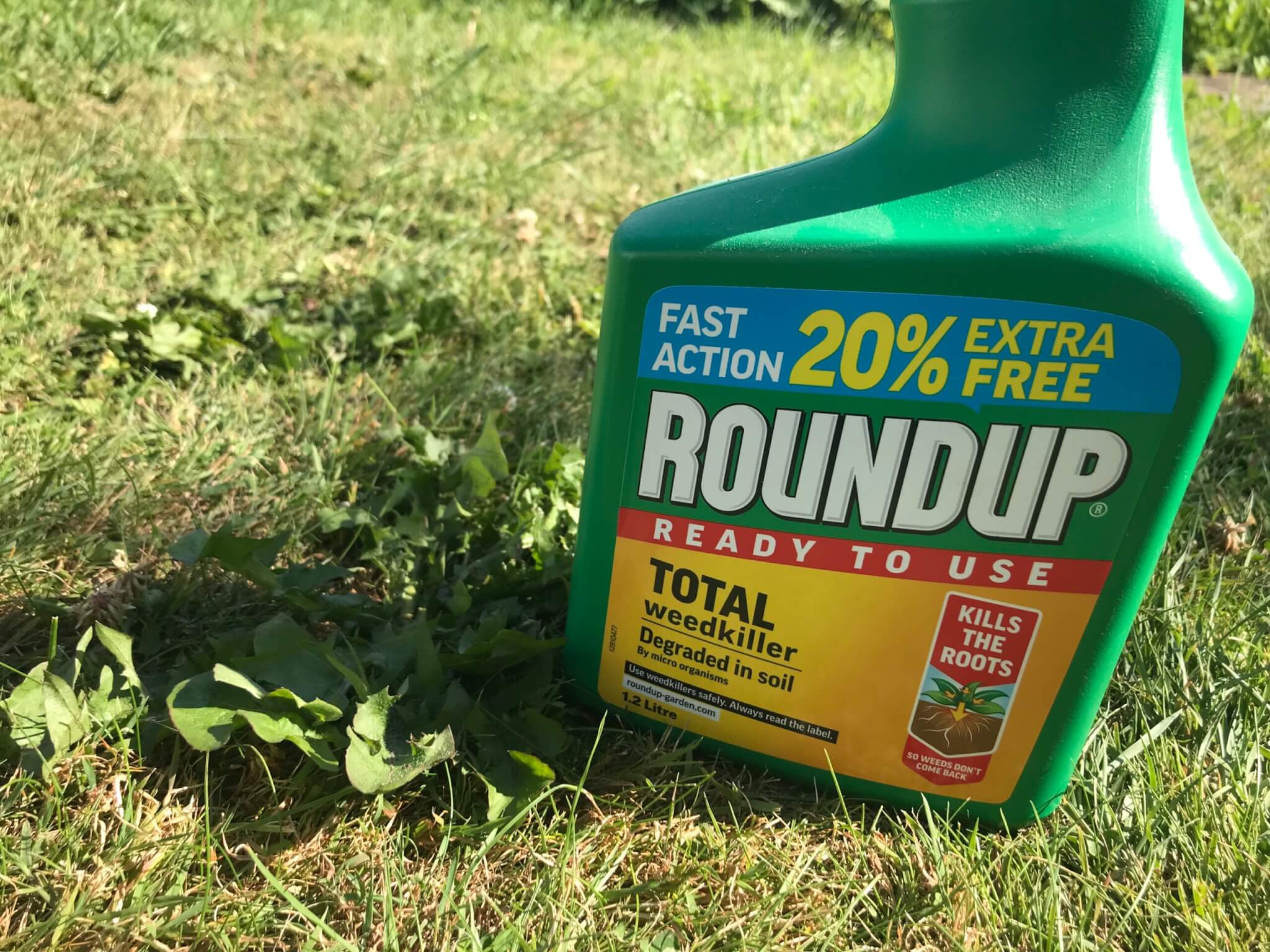

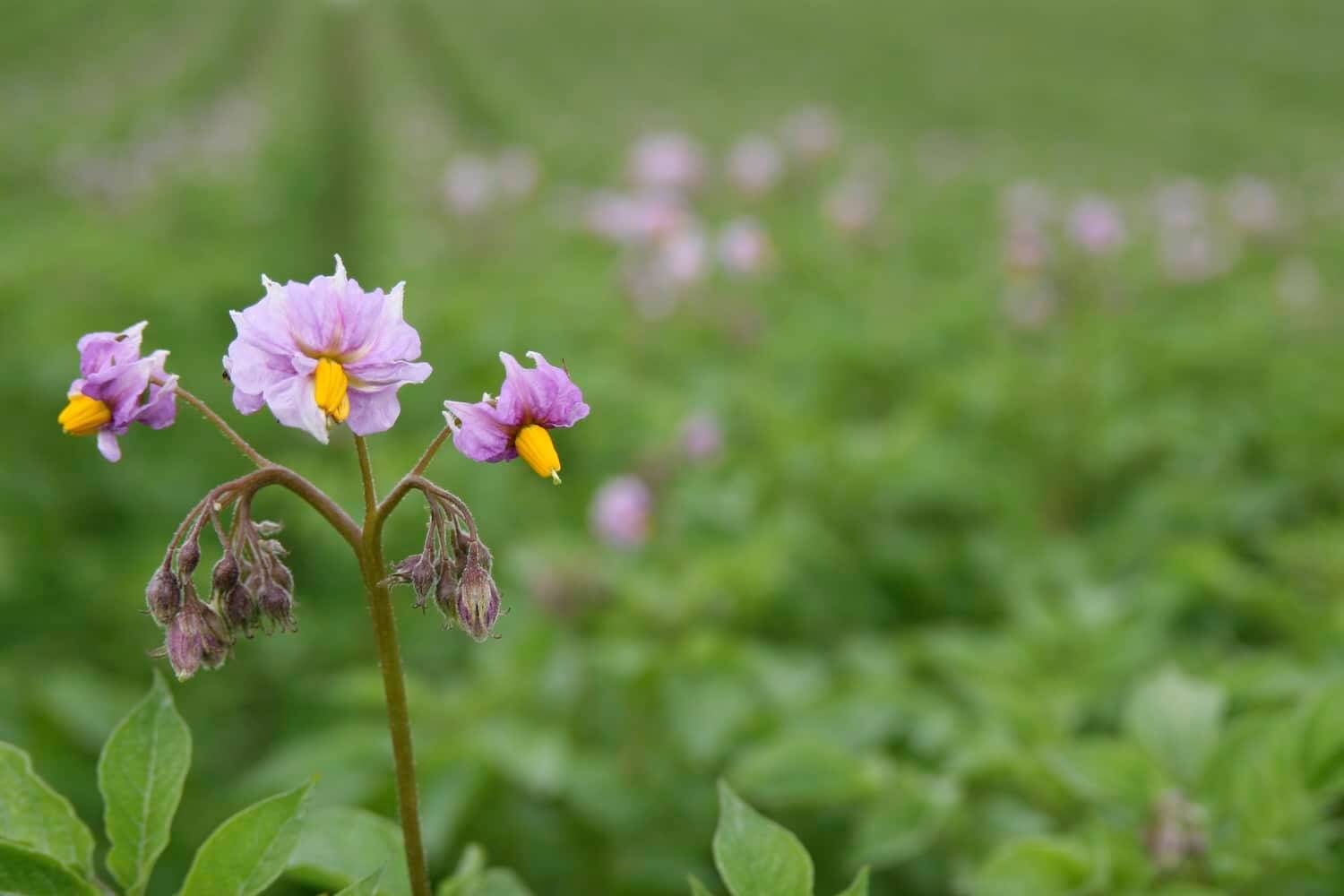
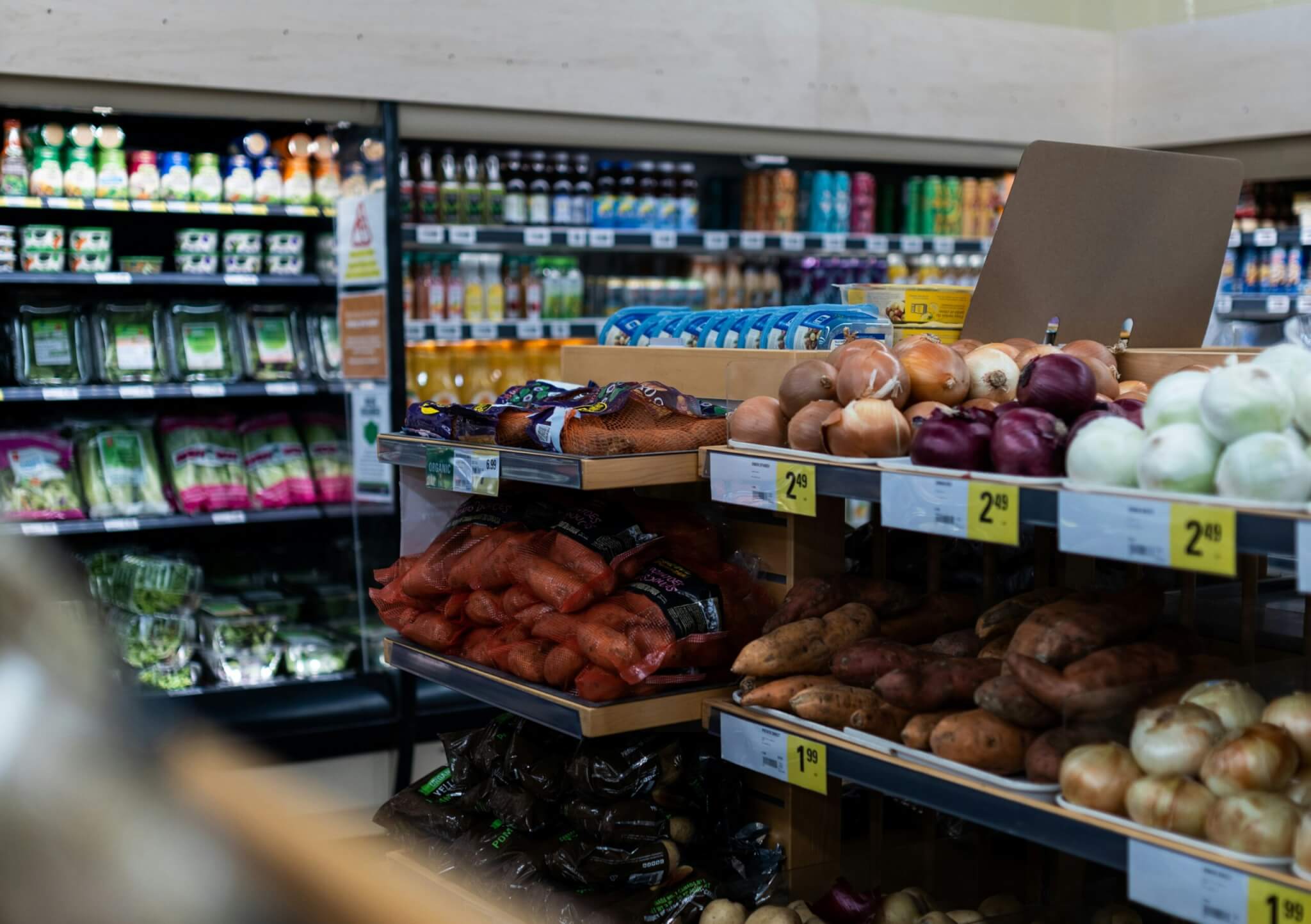

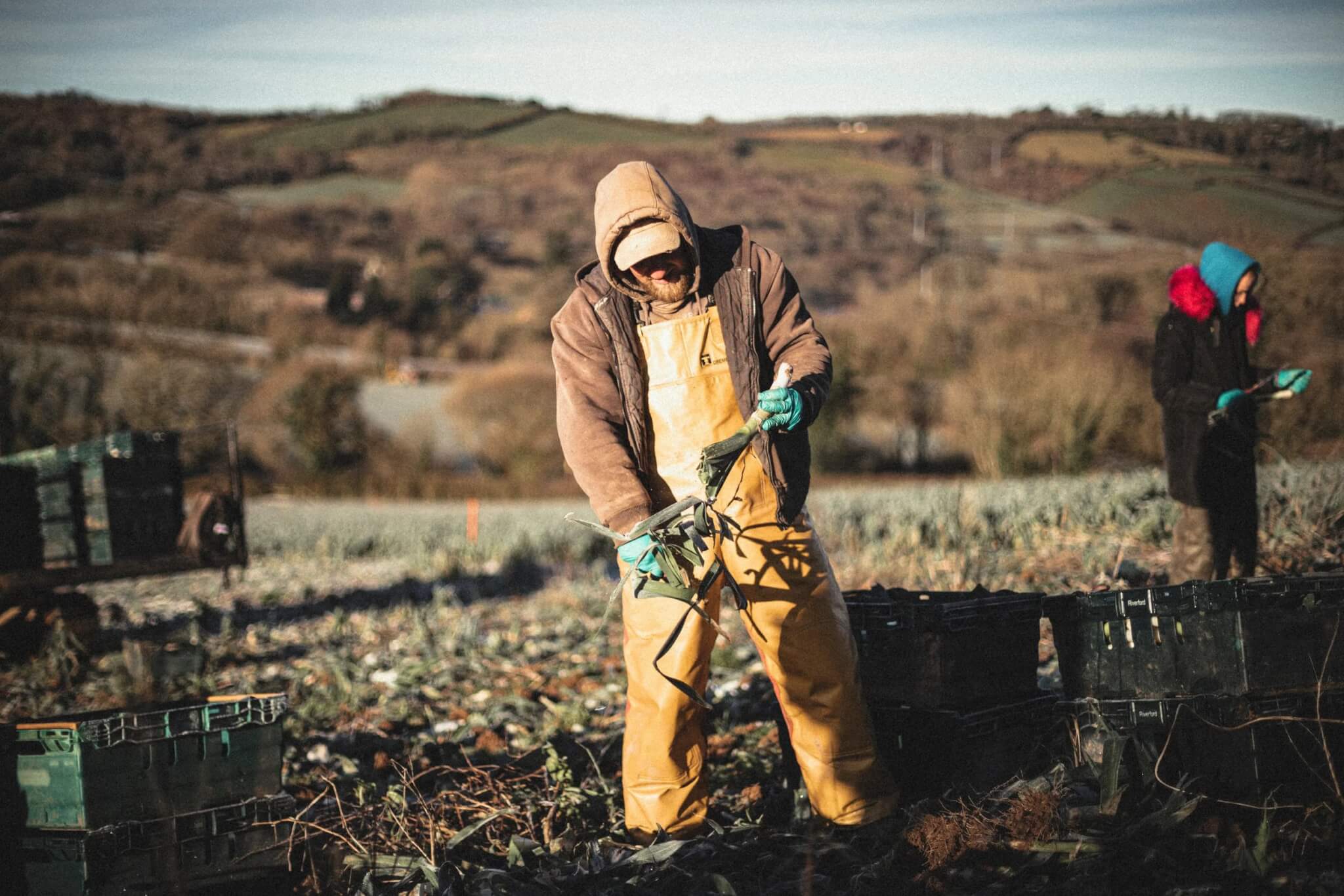
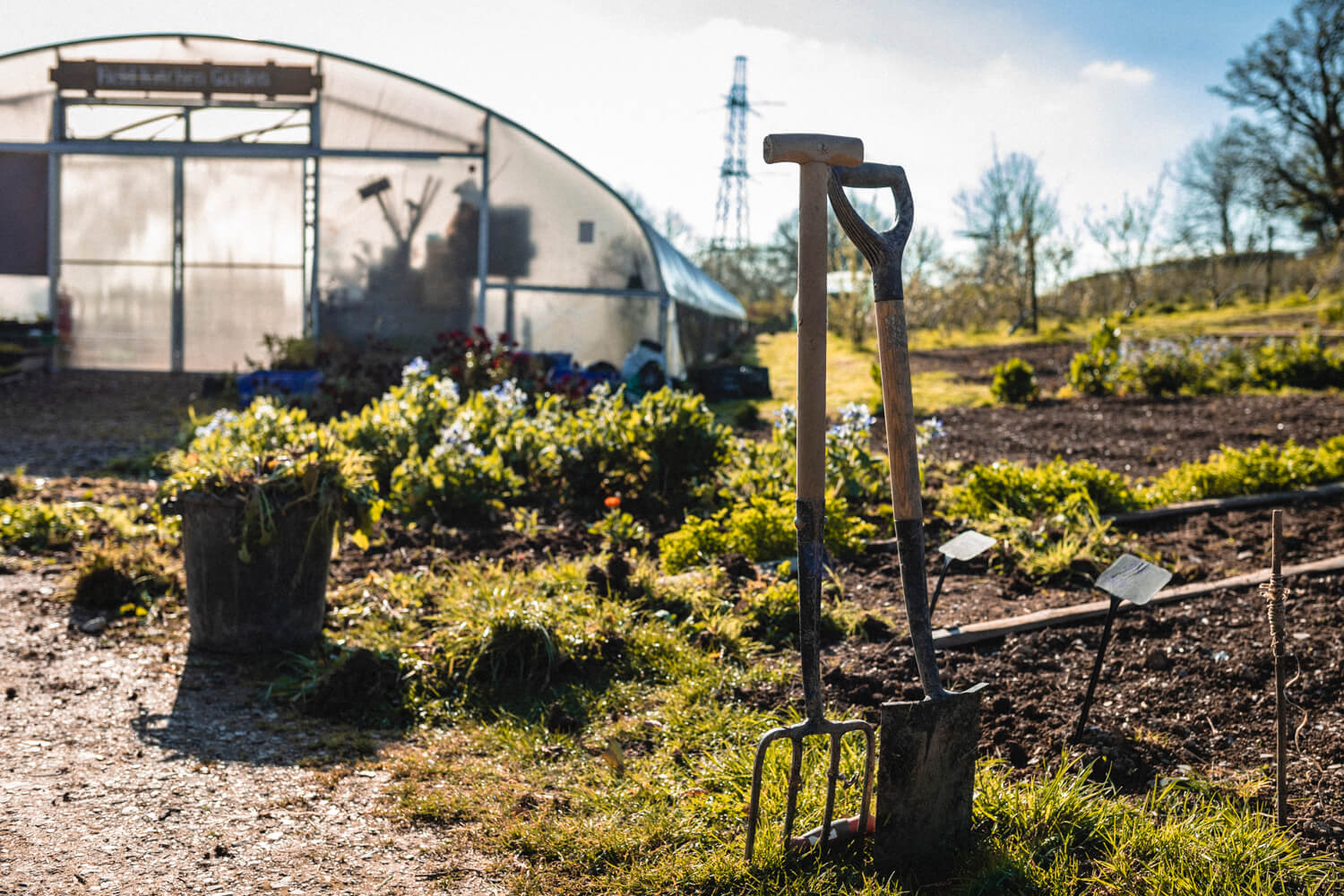
Great news, but does of course urgently need to be massively scaled up. How can we achieve that?
I caught this report too. Now because 90% of regen is gen-wash, I am mighty suspicious of regen puff pieces. I know it all started with good intentions and it also by and large started from within the organic movement. But where regen is now is a lot of empty promises, big exaggerations around no-till, talk of output based but little evidence, little or no checking or validating and worse of all a huge % of regen drowning in chemical applications (from that convenient no-till focus). In other words too much regen is at best no-gen and at worst de-gen.
Anyway this report looks and sounds good, the farms sound authentic and, from my understanding, a cursory reading, 80% are actually organic certified farms (or bio-dynamic which is acceptable in the regulations of organic) but your summary doesn’t mention organic at all. There is a huge danger that we talk about regen in this perfect, almost idealistic, sense – in the books, the documentaries, the conferences, and in articles like this – but what the consumer is offered on the shelves more than 9 times out of 10 falls woefully below that ideal and in some cases it’s opposite.
To see regenerative farming in serious action, I recommend Sarah Langford’s ‘Rooted’ and ‘6 inches of soil’, by various writers (much of it is interviews with regenerative farmers).
One way to test any regenerative farm is by how much it spends on inputs. And where its animals graze.